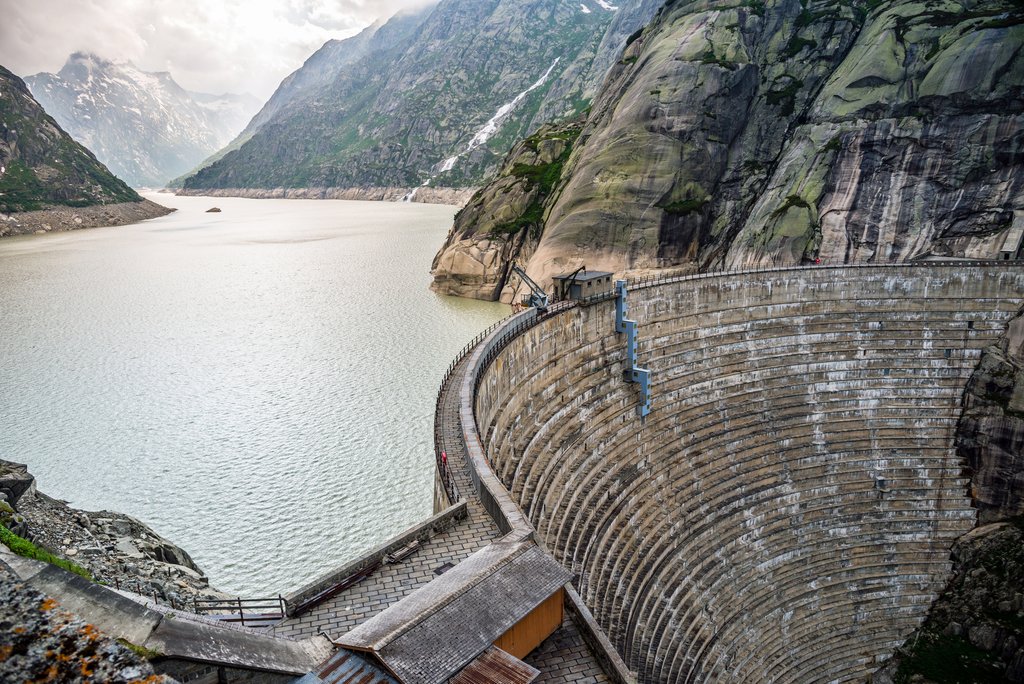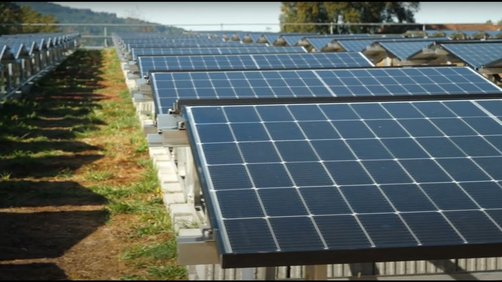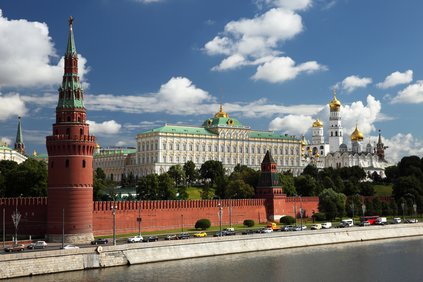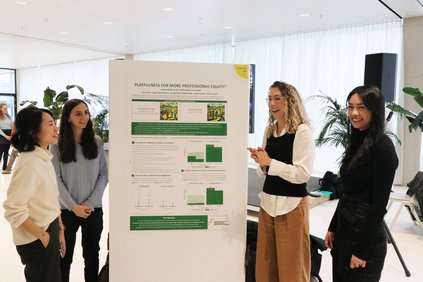Research - 14.12.2023 - 09:47
"In the medium to long term, we face enormous challenges in terms of the security of the electricity"
The topic of energy security has been surprisingly quiet this winter. In this interview, HSG energy expert Dr Christian Optiz explains whether the situation in Europe and Switzerland has actually eased.

Christian Opitz, a year ago everyone was still talking about the electricity shortage. There was even a major federal energy-saving campaign. Today you don't hear so much about it. To what extent has the situation changed compared to last year?
At least in the short term, the situation has eased somewhat compared to the previous year: The filling level of the Swiss storage reservoirs was around 80 per cent at the beginning of December 2023, around 5 percentage points above the average of the last 5 years. At the same time, the available capacity of the French nuclear power plants is around 40 GW and is expected to rise to up to 56 GW by the end of December. In comparison: At the turn of 2022/23, the availability of French nuclear power plants was only around 36 GW. Due to the high dependency on imports from France, particularly in the winter months, French nuclear power is therefore of great importance for Switzerland's security of supply. In addition, the federal government has set up an electricity reserve as a safeguard against extraordinary electricity supply bottlenecks in the winter months.
In addition to a hydropower reserve, this also includes reserve power plants in Birr, Cornaux and Monthey as well as pooled emergency power groups. However, the current situation should not obscure the fact that enormous challenges remain in terms of security of electricity supply in the medium to long term. In addition to the unclear future import options for electricity from the EU, the speed and extent of the expansion of renewables in Switzerland with the simultaneous substitution of fossil fuels with electrical applications, particularly for mobility and heating, as well as the availability of ageing domestic nuclear power must be taken into account.
Last year, there was also the threat that gas would be in short supply. What is the current situation?
As gas-fired power plants are extremely important for electricity production in Europe - in 2022, almost one sixth of electricity was produced with their help - the availability of gas still plays an important role in Europe's security of electricity supply. However, due to Switzerland's strong physical integration into the European electricity market - in some hours, considerable parts of national production are exported, while in others, enormous proportions of consumption are imported - gas also plays a central role in Switzerland's security of supply. Here too, however, the situation has eased somewhat compared to the previous year: Gas storage levels in north-west Europe were just below 95 per cent of maximum filling at the beginning of December, well above the average of the past five years (84 per cent) .
You say that gas storage facilities in Europe are full. What scenarios are there for how long this gas would last?
The storage of gas is of crucial importance for the security of supply in Europe. As gas storage facilities can cover up to a third of gas demand in winter, the European Commission has set a fill level quota of 90 per cent by 1 November 2023; fortunately, this mark was already reached on 18 August. However, in order to enable flexible utilisation of the gas infrastructure and ensure refilling for the winter of 2024/25, sufficient storage levels until the end of the winter are crucial - the target value for this is a fill level of 30 per cent in all European storage facilities for the end of March 2024.
The European Network of Transmission System Operators for Gas, has examined several scenarios for how security of supply in Europe could develop in the winter of 2023/24. In the event of a complete interruption of Russian gas supplies, additional measures would be required in the event of a particularly cold winter in order to mitigate demand cuts and ensure flexibility for the months with high demand in certain demand situations. Possible measures - if available on the global markets - could include additional supplies of liquefied natural gas (LNG) or gas savings amounting to 15 per cent of average demand.
Europe has turned away from Russia as a gas supplier. Where does the new gas in European storage facilities come from?
Following the Russian invasion of Ukraine, the European Commission set the goal of diversifying its energy supply and thus reducing its dependence on fossil fuels from Russia with its REPowerEU plan. With considerable success: while 41 per cent of all gas imports still came from Russia in August 2021, this share was only 8 per cent in September 2022. This meant that Russia's gas exports to European OECD countries were at their lowest level since the mid-1980s.
Liquefied natural gas (LNG), which can be transported over long distances by ship, played a key role in (partially) compensating for the loss of Russian pipeline gas. Two thirds of the additional LNG imports to Europe in 2022 were supplied by the USA alone, but Norwegian pipeline imports also increased slightly. Around 40 per cent of the gas consumed or stored in the EU by the end of November 2023 was based on LNG. Most of the remaining pipeline gas came from Norway (28 per cent) and Algeria (10 per cent) - although a small proportion is still imported from Russia, mainly via the Ukrainian transit route.
Last year, the threat of an electricity shortage led to efforts at a political level to accelerate the energy transition in Switzerland. Is Switzerland now less dependent on fossil fuels?
According to official federal statistics, the total renewable share of Switzerland's final energy consumption in 2022 was around 26 per cent, while end consumer spending on oil, gas and coal together totalled CHF 22.7 billion or around 2.9% of GDP. The net-zero target for 2050, which is now firmly anchored in the Climate and Innovation Act, will therefore still present us with enormous challenges. Whether the impending energy shortage has favoured the transformation of our energy system - or possibly even hindered it - cannot be definitively answered at the present time.
However, the compromise reached by Parliament in the last autumn session on the so-called blanket decree, which provides for an increase in the expansion of domestic renewable electricity production capacities, can be seen as encouraging. However, a recently published monitoring report on the implementation of the Energy Strategy 2050 calls for further efforts to be made to achieve the new domestic production and consumption targets enshrined in the law. This makes it clear that ambitious political targets alone are not enough to accelerate the energy transition. At least as important is social acceptance, where there is still a great deal of fear, resistance and prejudice, particularly with regard to the expansion of wind power.
Have homeowners themselves increasingly switched to renewable heating systems such as heat pumps as a result of the impressions gained last winter?
According to figures from the Swiss Heat Pump Association, sales of heat pumps rose by around 22 per cent in 2022 compared to the previous year to around 41,000 units. However, the problem is that heat pumps have become established in lower output ranges such as single-family homes, but oil and gas still dominate in the higher output ranges. A share of almost 56.8 per cent of fossil heating systems in residential buildings in 2022 impressively demonstrates that there is still considerable potential in the heating sector in terms of net zero.
More articles from the same category
This could also be of interest to you
Discover our special topics
















